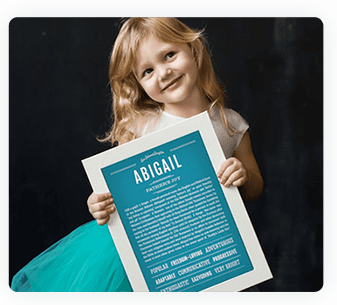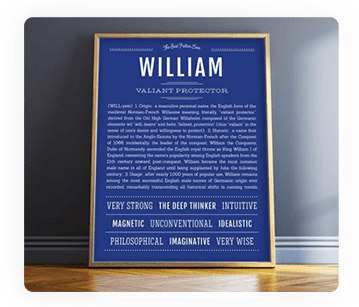Literary Characters
OF THE BABY NAME CLARISSA
Clarissa is the heroine of Samuel Richardson’s 1748 epistolary novel, Clarissa, or, the History of a Young Lady. Clarissa is a beautiful and virtuous eighteen year old woman who comes to a tragic end because of those very qualities. Clarissa’s family is nouveau riche and aspires to the trappings of aristocracy. As part of that plan, they encourage her to marry one Roger Solmes, for whom she has only antipathy. As her family steps up its campaign, she is tricked into running away with Robert Lovelace, the heir to an earldom who, alas, has less than virtuous plans for her himself. Robert takes her to a brothel and keeps her captive, all the while pursuing her hand in marriage. Unable to persuade her to be his lawfully, Robert drugs and rapes Clarissa. Yet again, she escapes from him, but she is physically weakened by the hardships she has endured at his hand, and she readies herself for death. It is her sworn belief that she has kept her virtue intact, and that a better life awaits her. Lovelace, undone by her death and his part in it, repents and also dies as the result of injuries sustained in a duel. We sincerely hope Clarissa puts aside a smidgen of that virtue when she meets up with him in the afterlife! And if she is capable of sustaining a grudge at all, let’s hope she saves some of it for that family of hers, as well.
Clarissa Dalloway is the title character in one of Virginia Woolf’s most popular novels, Mrs. Dalloway, published in 1925. (In a 1997 Dutch film made of the novel, Vanessa Redgrave – who better? – played the title character.) Essentially, the novel sets forth the details of one day in Clarissa’s life in post World War I England, a day in which she is preparing for a party she is giving that evening. Clarissa is an upper class Londoner, a fifty-one year old wife and mother, whose interior musings take her over the course of her life. She thinks of her safe choice of husband, Richard Dalloway, versus Peter Walsh, who was the more daring. She reflects upon the joy she felt with her once-beloved friend, Sally Seton, who was “not an option”. She tends to her teen-aged daughter’s needs, and reflects upon her jealous dislike of the girl’s tutor. Going through all the motions that the society matron might make in party preparation, shopping, gathering flowers, mending her silk dress, Clarissa experiences the side-by-side sensation of reliving her life and her decisions. Tellingly, she feels both dismay and joy about the events of that life. When the party is underway that evening, and she is told of the suicide of a World War I veteran whom she does not know, Clarissa’s reaction is that he has actually embraced and honored his life, rather than having left it. Perhaps the traces of her own recent illness have given Clarissa a peculiar strain of joie de vivre, a sense of life being both with and without meaning. At the end of her day, what can best be said of Clarissa is put best by Peter Walsh: “There she was.”



